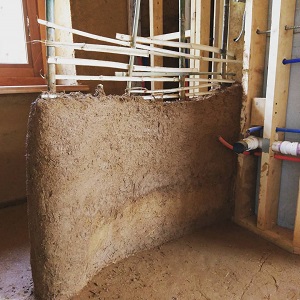
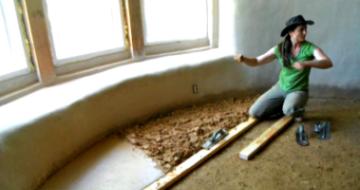
Looking for practical experience building actual natural homes?
Come join a Workshop
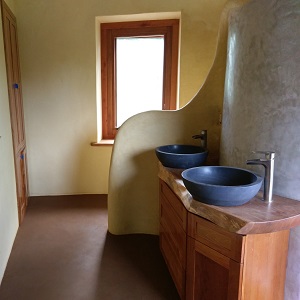
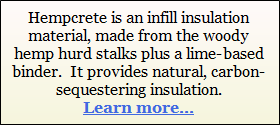

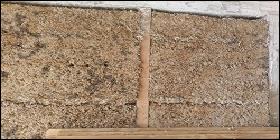
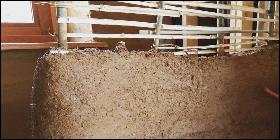

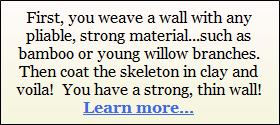
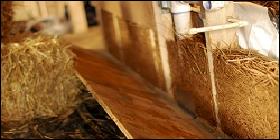

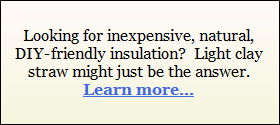





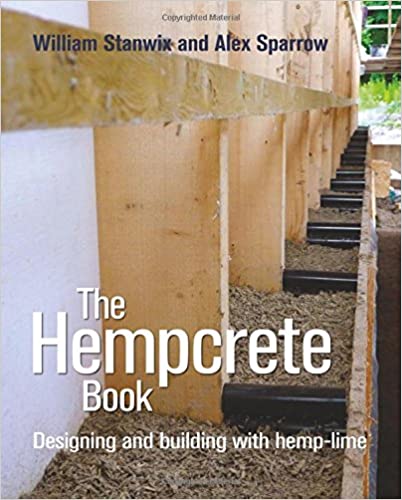
This is my number one book on hempcrete construction, because it explains the science, the process, and the performance
Buy this book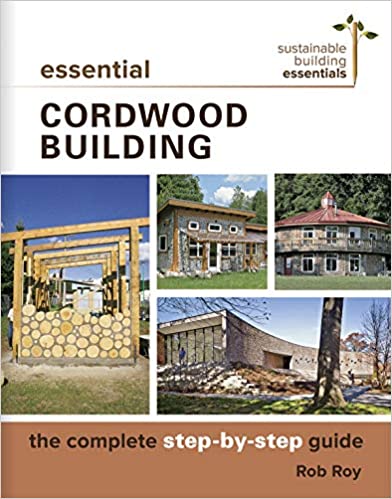
Practical guide to cordwood construction, including process & permitting
Buy this book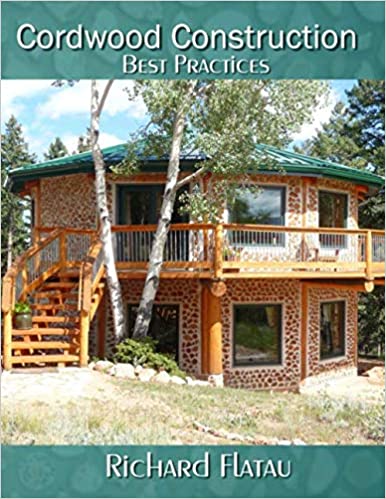
Another good resource on cordwood construction, including critical details such as siting, types of wood and how to prepare it, etc.
Buy this book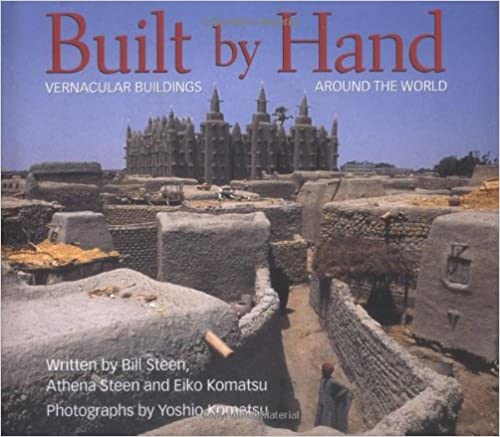
This book offers a trip around the world, highlighting a wide variety of indigenous buildings from every conceivable climate
Buy this book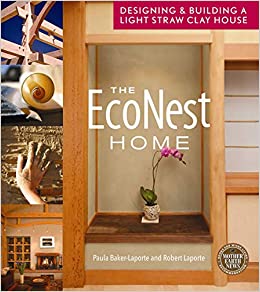
This book covers light clay straw construction, and includes inspirational photos, step-by-step photos, plus lots of construction details
Buy this book| MATERIAL | DESCRIPTION | BEST USE | BENEFITS | CHALLENGES |
|---|---|---|---|---|

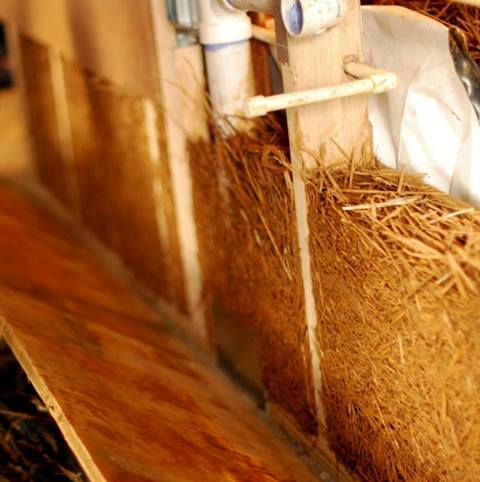
|
Light clay straw is made by coating straw fibers with liquid clay and tamping the mixture into a wall cavity. The clay glues the straw fibers together to create a solid infill material. | Use where modest insulation or good sound absorption is a benefit | ||


|
Hempcrete is a combination of hemp hurds (from woody hemp stalks) glued together with sticky lime. The mixture is tamped into a wall cavity and then plastered on both sides. | Use as insulation to save energy for heating or cooling, especially where walls need resilience from occasional wetting | ||

|
Cordwood features logs, round or split, all cut to the same length. The logs are mortared together, with their length creating the wall-width. | Use if you have wood in abundance and benefit from modest insulation | ||

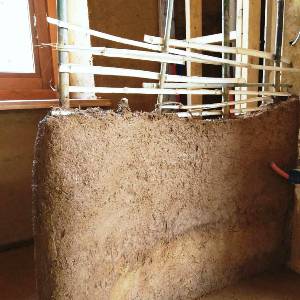
|
Wattle is woven material, shap. Daub is a wet mixture of clay soil and plant fibers (such as straw). | Use as non-structural partitions where insulation is not required |